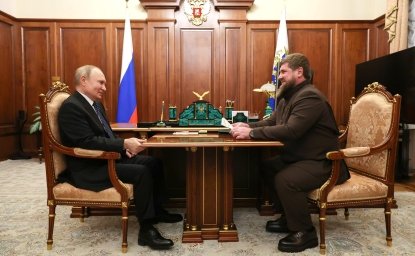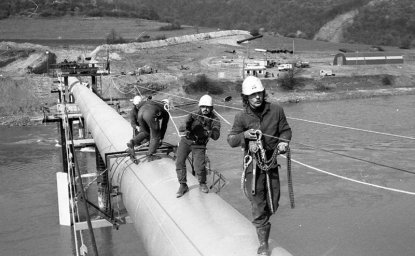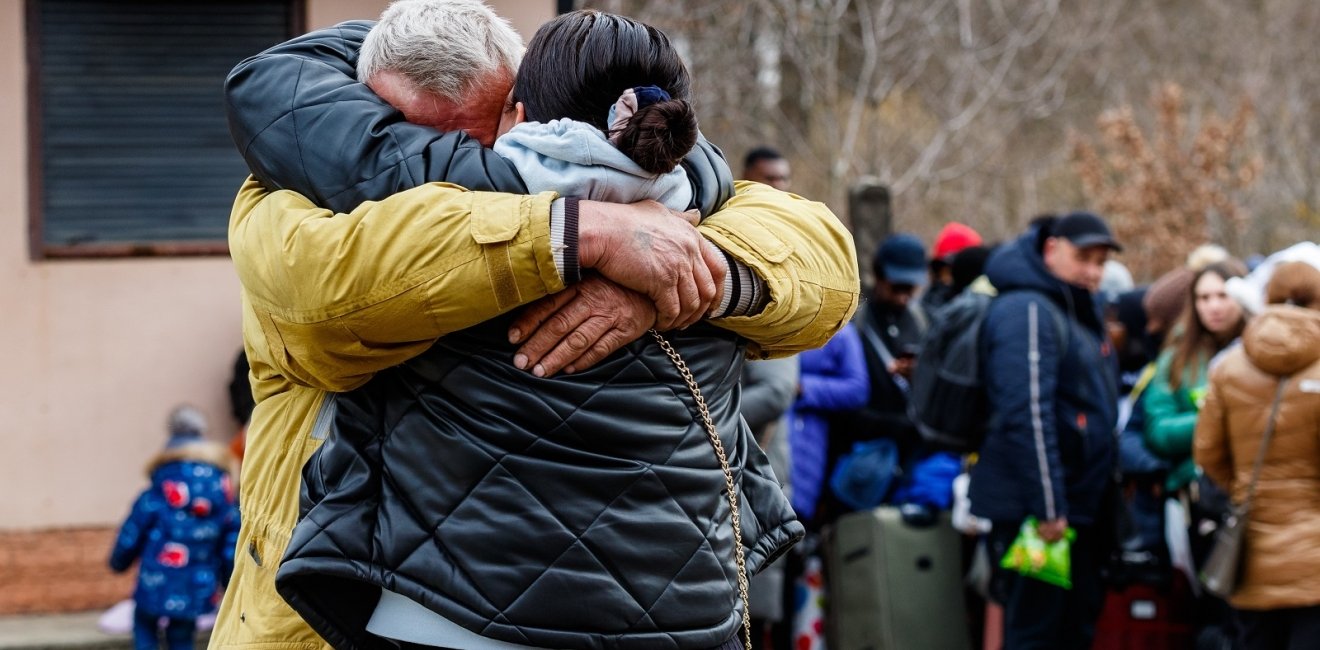
A blog of the Kennan Institute
Spurred by hopes of a possible peace deal between Ukraine and Russia, analysts and politicians alike spent the week issuing geopolitical projections and estimates of the resulting potential gains or losses for each side. Such discussions often reduce war to some sort of chessboard—but war is, first and foremost, a human tragedy.
Today, three years after Vladimir Putin’s decision to start his “special military operation” in Ukraine, the total death toll of Ukrainian and Russian soldiers as well as Ukrainian civilians likely exceeds 150,000, according to conservative estimates. This number is based on UN statistics, Ukrainian data, and open source information aggregated by BBC Russia and Mediazona, an independent outlet reporting on arrests, trials and human rights abuses in Russia. Estimates from other quality sources range from 174,000 to 420,000 deaths over the last three years of war.
As of December 31, 2024, the UN has verified over 12,000 civilian deaths in Ukraine, with more than 28,000 injured. Some estimates suggest civilian deaths could be as high as 22,000. At least 20,000 children were forcibly transferred from Ukraine to Russia. Russia retains thousands of Ukrainian civilians, and both sides hold thousands of prisoners of war.
But recounting numbers is of limited use now, because the numbers are often inaccurate or incomplete. Both warring sides consider casualties a military secret, and the true scale of human loss is, at this stage, unknowable. The numbers of those who have lost their homes or were otherwise displaced or forcibly deported are all estimates. And of course, the true extent of loss and damage is impossible to ascertain because the war continues to rage and many areas remain inaccessible to officials and volunteers. It remains a human tragedy of unknown proportions.
War is the ultimate resort of powers seeking to inflict pain on their adversaries and force them into a desired scheme of things, a design of a certain “regional order” or “world order.” Politicians who start wars think in political and geopolitical terms. They operate with the logic of spheres of influence, control, and domination. The war is in the news day and night, but what most people see are maps on screens in television studios. Whatever suffering occurs on the ground, experts, commentators, and politicians alike see the conflict in terms of “manpower,” “personnel and equipment,” maps with arrows, blue and red lines, and towns that exist merely as dots on maps.
But those bearing the brunt of the actual hostilities do not have the luxury of the studio or war room vantage point. They experience “geopolitics” in real time and without blurred images. Death and destruction happen right in front of them, when seconds before it was an ordinary day. It is now clear that millions of people have experienced war up close and in person. They will always carry this pain and transmit it to their families and future generations.
The way this war upended lives is hard to measure, but one way of doing so is by looking at how many people were forced to move within the country or across borders to seek refuge. Numerous cities, towns and villages were levelled and rendered unrecognizable during the three years of war. Millions, primarily women and children, have had to adapt to life in unfamiliar homes, cities, and countries. According to the UN Refugee Agency, more than two million homes—10 percent of all housing stock—have been destroyed or damaged. Almost 11 million Ukrainians had to leave their homes and move to other regions or countries. Over the past three years, 6.9 million have registered as refugees and 3.7 million remain internally displaced within Ukraine’s borders.
During the first year of Russia’s invasion, the global number of “displaced persons” surpassed 100 million for the first time in recorded history. This number has continued to rise because of other conflicts, and by the end of 2024 120 million people had been forcibly displaced, according to the UN. This record number of refugees in turn spreads economic and political instability to their host countries. Ending wars, particularly the war in Ukraine, will alleviate this crisis and mitigate political tensions in countries that have become hosts for multiple waves of refugees, including from the Middle East and Ukraine.
Russian refugees, in much smaller numbers, have also been losing touch with home. Not because they are being shelled, but because they are fleeing their own government. The scale here, too, reaching into millions: according to recent reports, between 700,000 and a million citizens left Russia after mobilization was announced, adding to those who left immediately after the 2022 invasion and in prior years of Putin’s repressive rule.
The streams of people at borders, railway stations, and airports—particularly during the early months of war—were a visible manifestation of the collapse of private lives. During times of disaster and catastrophe, people typically dream of returning to normal life. Home is both anchor and core to one’s identity. However, for wartime refugees, a return to the previous norm is no longer possible. This applies not only to those whose homes have been physically destroyed but also to those who cannot return to Russia for political reasons.
This mass displacement represents a profound disruption of everyday life, forcing millions to redefine their concept of “normal.” The impact extends beyond the physical loss of homes and the corresponding loss of community, familiar surroundings, and a sense of belonging. For many, particularly those fleeing political persecution, the notion of “home” has become complex, involving not just physical spaces but also questions of identity and safety.
In any negotiating agenda, the human suffering caused by war ideally should take precedence over geopolitical concerns that have been used to justify this war. This straightforward theme is equally significant for both sides and one that any negotiating mediators, including the United States, should keep firmly in mind as negotiations progress. Ukrainian and Russian human rights defenders and activists have been leading a joint campaign to that end. Titled People First, it calls for the release of thousands of Ukrainian civilians held by Russia, the repatriation of prisoners of war on both sides, the return of the deported children, and the release of Russian political prisoners detained for anti-war protests.
Politicians and much of the public will likely judge any future deal through political and geopolitical lenses. The lines on the map, security guarantees, and investment in reconstruction efforts are of course paramount. But restoring dignity and justice to those who have suffered the most will determine the stability of any deal. A sustainable peace must account for the displaced, the imprisoned, and the families torn apart. Without addressing these human elements, any settlement would likely be fragile.
The opinions expressed in this article are those solely of the author and do not reflect the views of the Kennan Institute.
Author

Editor-at-Large, Meduza

Kennan Institute
The Kennan Institute is the premier US center for advanced research on Eurasia and the oldest and largest regional program at the Woodrow Wilson International Center for Scholars. The Kennan Institute is committed to improving American understanding of Russia, Ukraine, Central Asia, the South Caucasus, and the surrounding region through research and exchange. Read more

Explore More in The Russia File
Browse The Russia File
Chechnya as a Model of Modern Russia

Russia’s Indigenous Communities and the War in Ukraine

Gas and Power in a Changing US–Russia Relationship

